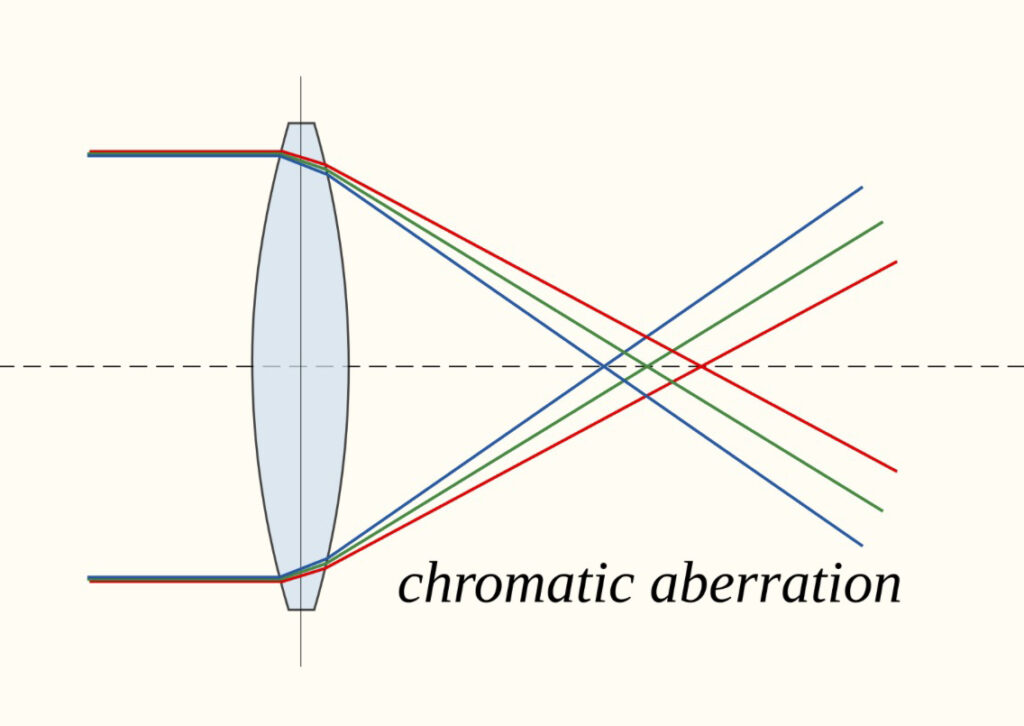As the title says this post describes the basics of Chromatic Aberration for Beginners.
What is Chromatic Aberration?
Chromatic aberration occurs when a lens cannot bring all wavelengths of light to a single converging point.

The fringing effect is usually visible as a purple band on high contrast edges. Branches against a bright sky and metallic surfaces are common places but it can occur in other areas as below.
I don’t claim to be an expert in this subject however I know enough to know when it spoils pictures.
Lens designers use different types of glass, different element types and coatings to reduce the effect. However the usual considerations for lens designers come into play; image quality; lower price point; fast aperture; small size, pick any two! OK that over simplifies it but you get the idea that all lenses are a compromise. Even something like a diminutive Leica 35mm APO-Summicron m is a compromise as it is only f2, but costs over £7000!
Fast aperture lenses (popular with many wedding photographers) are very often subject to high levels of c.a. although it can also occur with many other lens types. Older designs often suffer more than modern ones.
Three ways to avoid chromatic aberration:-
1) Remove chromatic aberration in Lightroom or similar programme
2) Spend vast sums on specialist lenses – not ideal for most.
3) Don’t take pictures with high contrast edges – might prove rather impractical!
Let’s concentrate on Lightroom.
How to remove chromatic aberration
This picture shows the effect of c.a and the purple fringe.

This picture shows just how easy it is to remove!

Leave a Reply